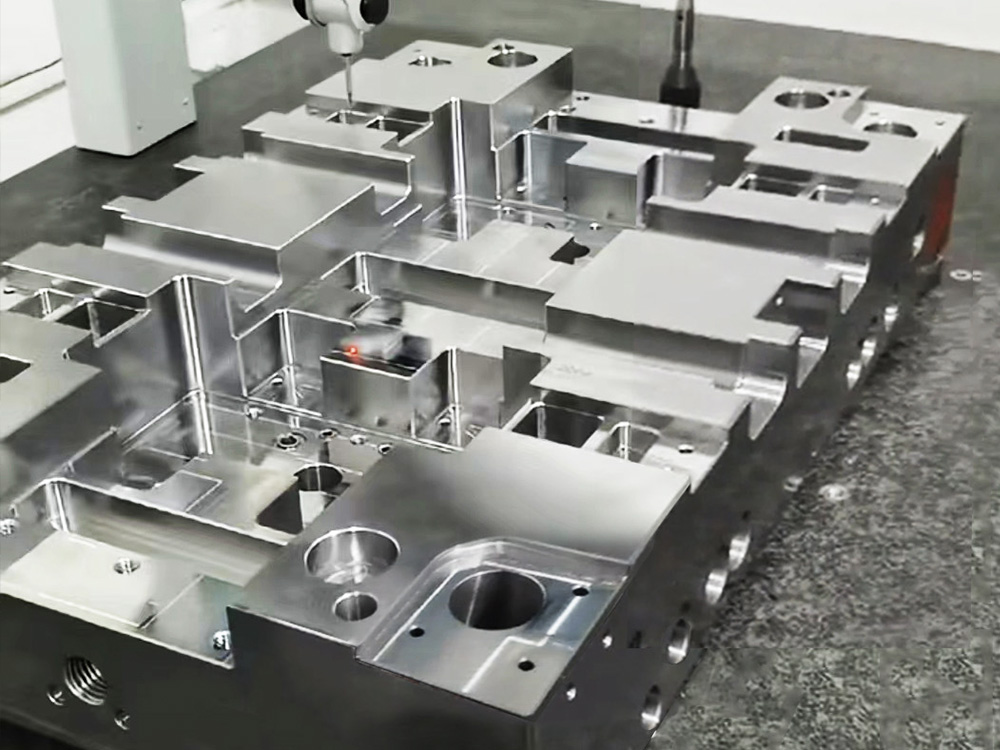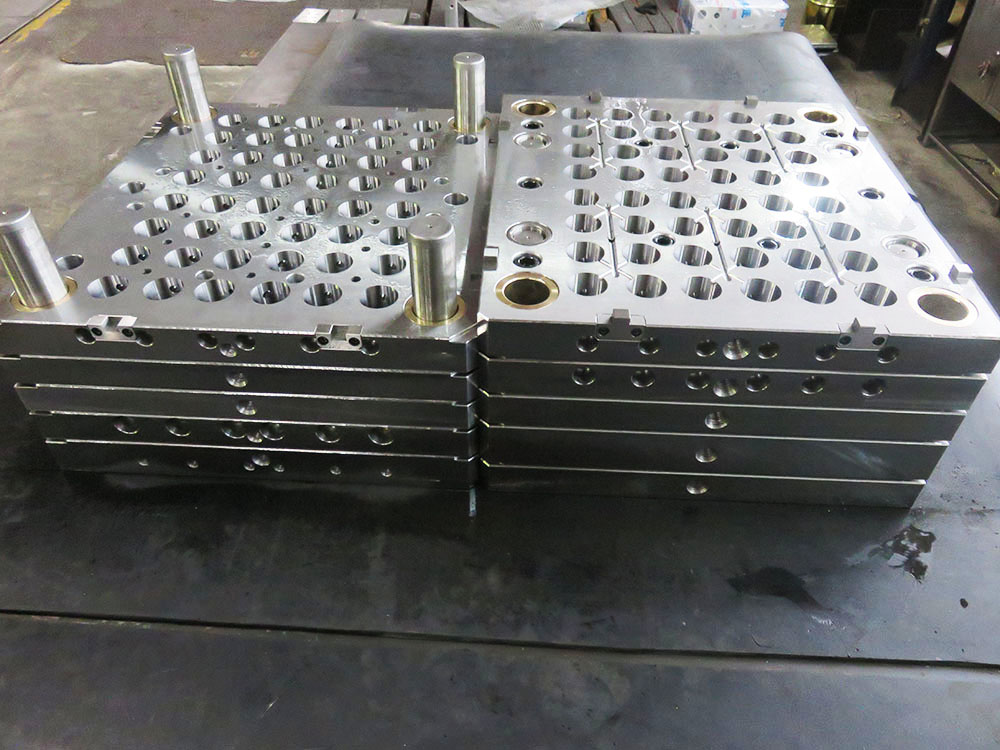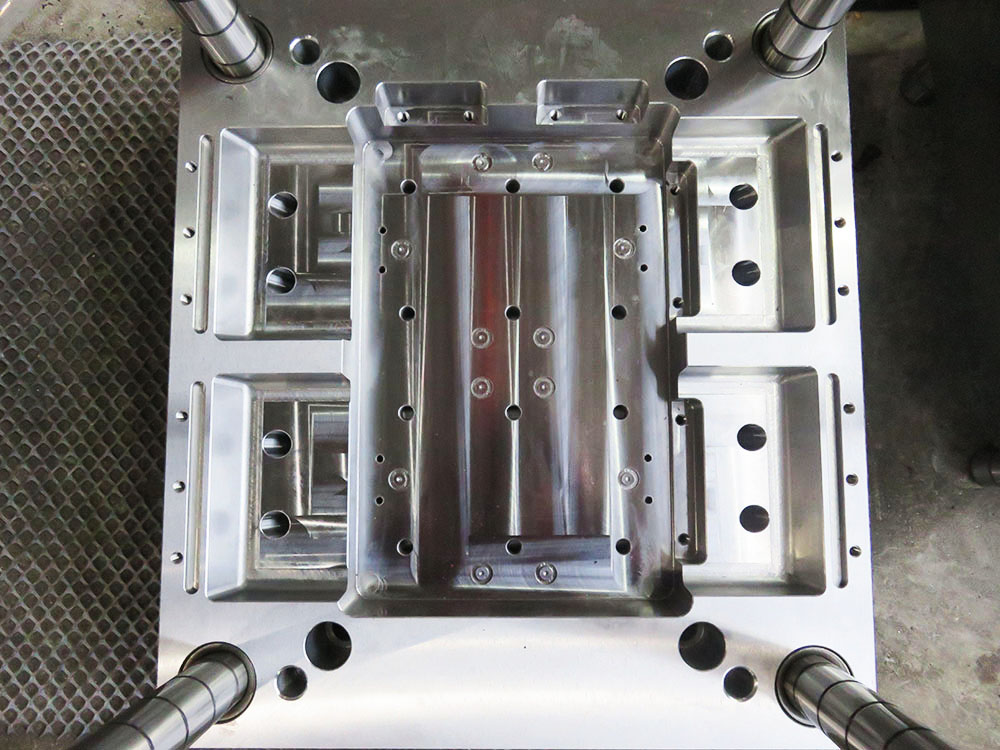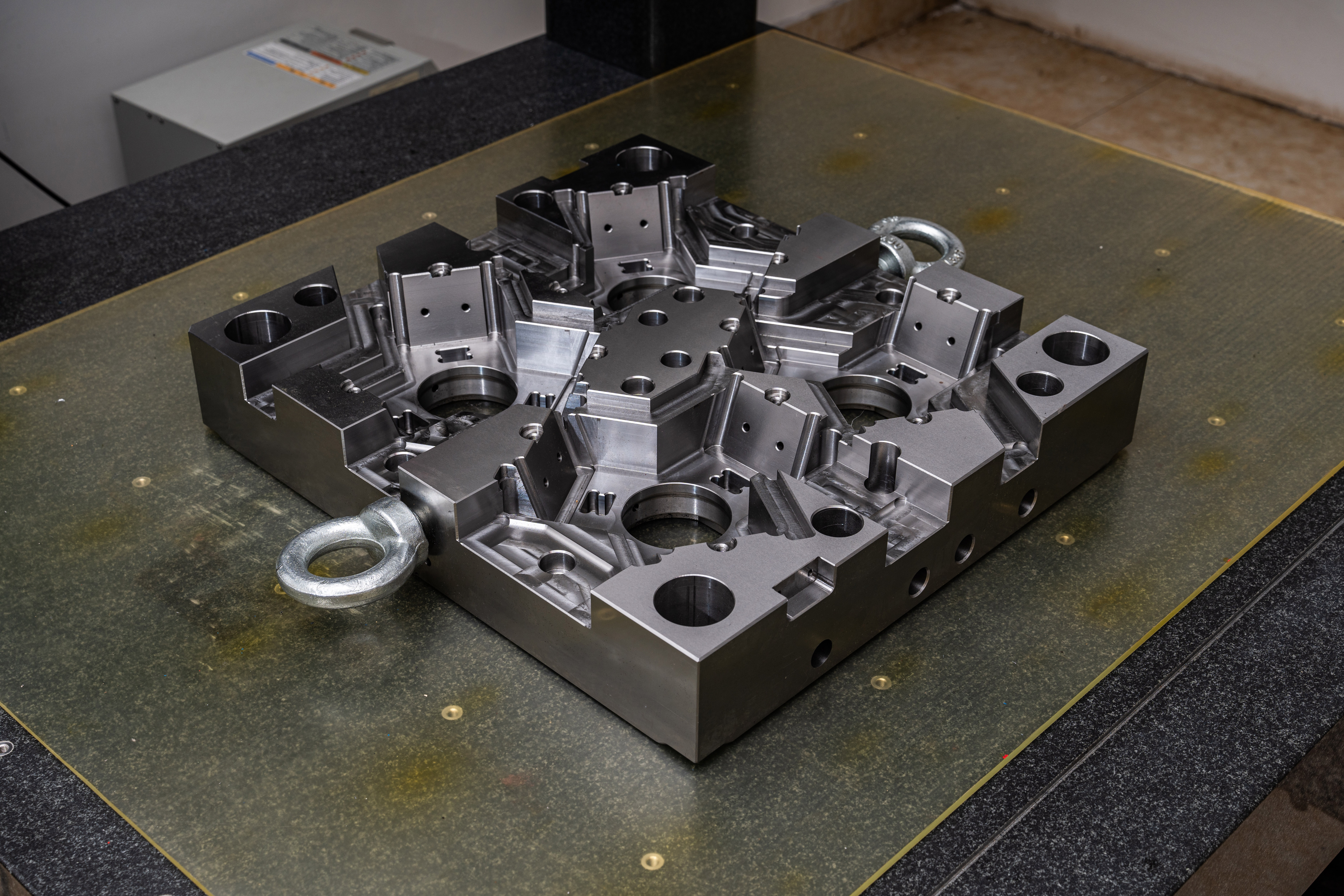Introduction to the Unilaterally Numerical Framing Method in the Mold Base Industry
The mold base industry plays a crucial role in various manufacturing sectors, such as automotive, electronics, and consumer goods. To improve efficiency and enhance product quality, the extraction of data using advanced techniques has become essential. One such method is the Unilaterally Numerical Framing (UNF) method.
Understanding the Unilaterally Numerical Framing Method
The UNF method involves the extraction of data from molds and mold bases using numerical parameters. This technique focuses on capturing critical dimensions, tolerances, and other geometric details that are instrumental in the performance and functionality of a mold base. By leveraging precise numerical analysis, manufacturers can efficiently retrieve vital information without relying on subjective interpretations.
UNF relies on advanced metrology equipment and software that enable the measurement, documentation, and analysis of mold base data. The digitization process involves the use of high-resolution scanners and coordinate measuring machines (CMM) to capture intricate details that are vital for mold design and production.
Benefits of the Unilaterally Numerical Framing Method
The UNF method offers several advantages for the mold base industry:
1. Accuracy: By relying on numerical parameters, the UNF method eliminates subjective errors and provides precise measurements. This accuracy helps prevent potential defects and enhances the overall quality of mold bases. 2. Time efficiency: Traditional manual data extraction methods are time-consuming and prone to errors. UNF enables rapid data extraction, reducing production lead times and enhancing operational efficiency. 3. Real-time analysis: The UNF method facilitates real-time analysis of mold base data, allowing manufacturers to identify potential issues early in the production process. This enables proactive problem-solving and minimizes costly rework. 4. Enhanced communication: UNF provides a standardized platform for sharing mold base data between designers, engineers, and manufacturers. This promotes collaboration and ensures accurate interpretation of the extracted data. 5. Cost savings: By minimizing errors, streamlining workflows, and reducing rework, the UNF method helps cut costs associated with mold base production.Applications of the Unilaterally Numerical Framing Method
The UNF method finds widespread usage in various aspects of the mold base industry:
1. Mold design: UNF helps designers extract critical dimensions and geometric details from existing molds, enabling them to create precise and functional mold bases. 2. Quality control: Using the UNF method, manufacturers can verify the dimensional accuracy of mold bases and identify any deviations from the intended design specifications. 3. Reverse engineering: UNF enables the replication of existing mold bases by capturing their precise geometrical details, dimensions, and tolerances. 4. Performance optimization: By analyzing captured data, manufacturers can identify areas for performance improvement, such as reducing cycle times or enhancing cooling efficiency.Conclusion
The Unilaterally Numerical Framing method is a powerful tool in the mold base industry. By leveraging numerical parameters and advanced metrology equipment, manufacturers can extract accurate and reliable data from molds and mold bases. The UNF method offers numerous benefits, including improved accuracy, time efficiency, real-time analysis, enhanced communication, and cost savings. With its applications ranging from mold design to quality control and reverse engineering, the UNF method has become instrumental in driving efficiency and optimizing performance in the mold base industry.




